Process Capability Index Cp
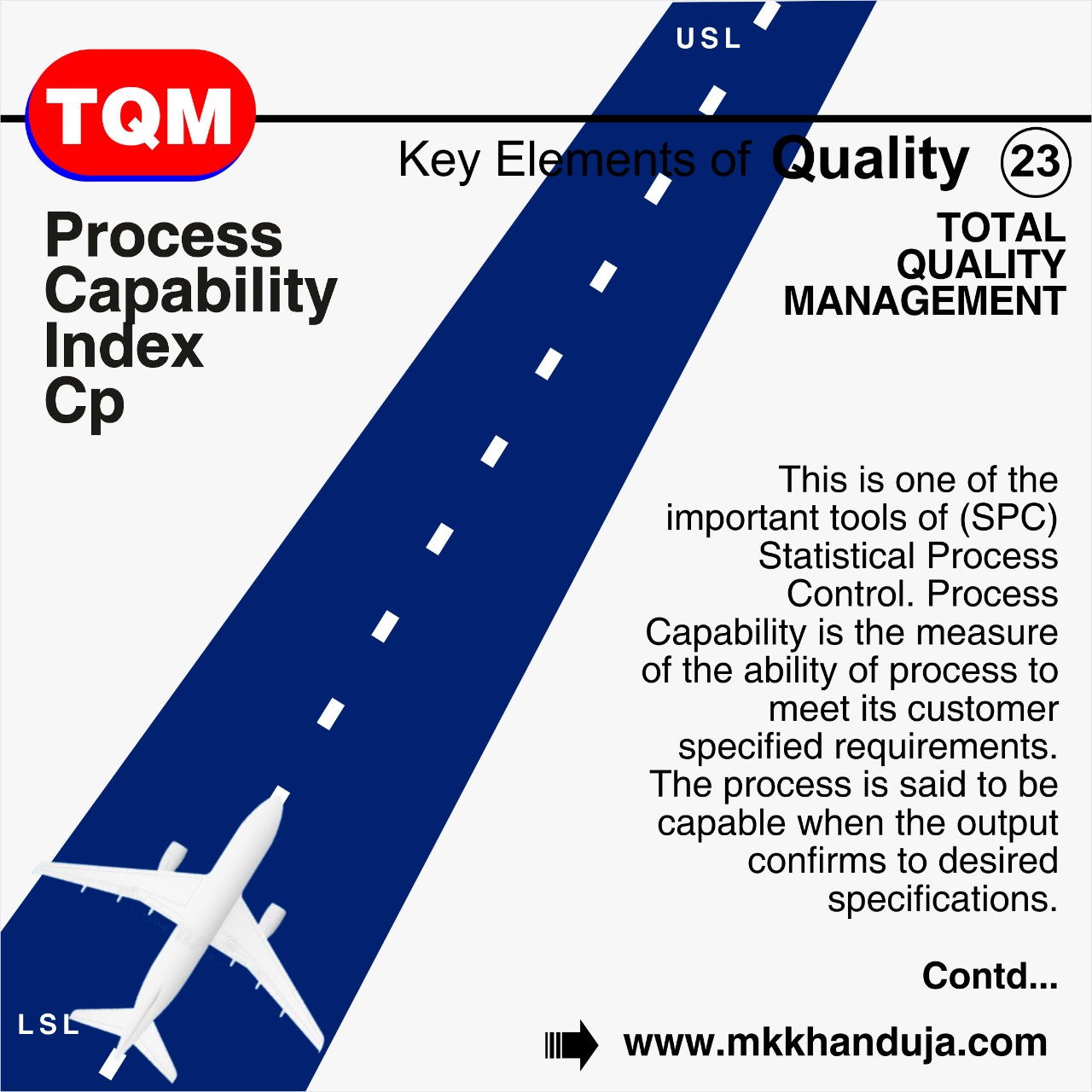
This is one of the important tools of
(SPC) Statistical Process Control. Process capability is the measure of the
ability of process to meet its customer specified requirements. The process is
said to be capable when the output confirms to desired specifications. This is defined
by Process Capability Index Cp which is a dimensionless number that indicates
its capability limits defined by customers.
Cp - Process Capability Index
Cp is the ratio of customer’s specified
tolerance of characteristics divided of the natural process variation. The
process should be in a state of statistical control.
Cp = VOC (Voice of the Customer)
VOP (Voice of the Process)
Cp = Engineering Tolerance
Natural Process Variation
Cp
= USL – LSL
Six Sigma
- USL is upper speciation limit
- LSL is upper speciation limit
- Six Sigma is the natural process variation
Ideally, a capable process should be able
to meet customer specification requirements, in that case Cp should have
minimum value of 1. In industry Cp = 1.33 is considered to be a normally
accepted value.
The most important contribution of Cp
Index is to support in studying the process behavior and its capability to
deliver right quality product specified by customers. This ensures a better
quality output in the manufacturing.
The Cp index has a
limitation of not able to clearly define the central tendency of process
relative to its specifications.

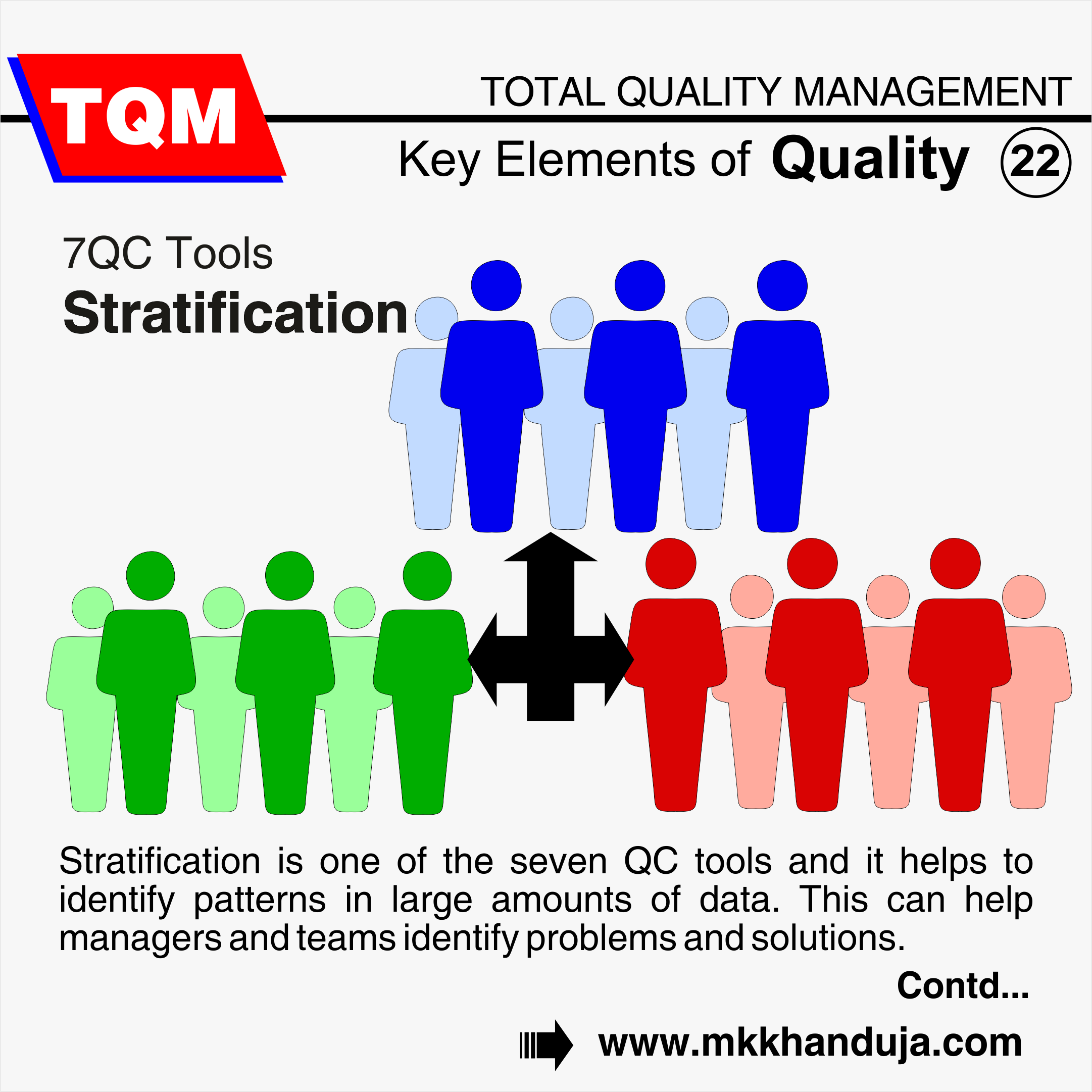
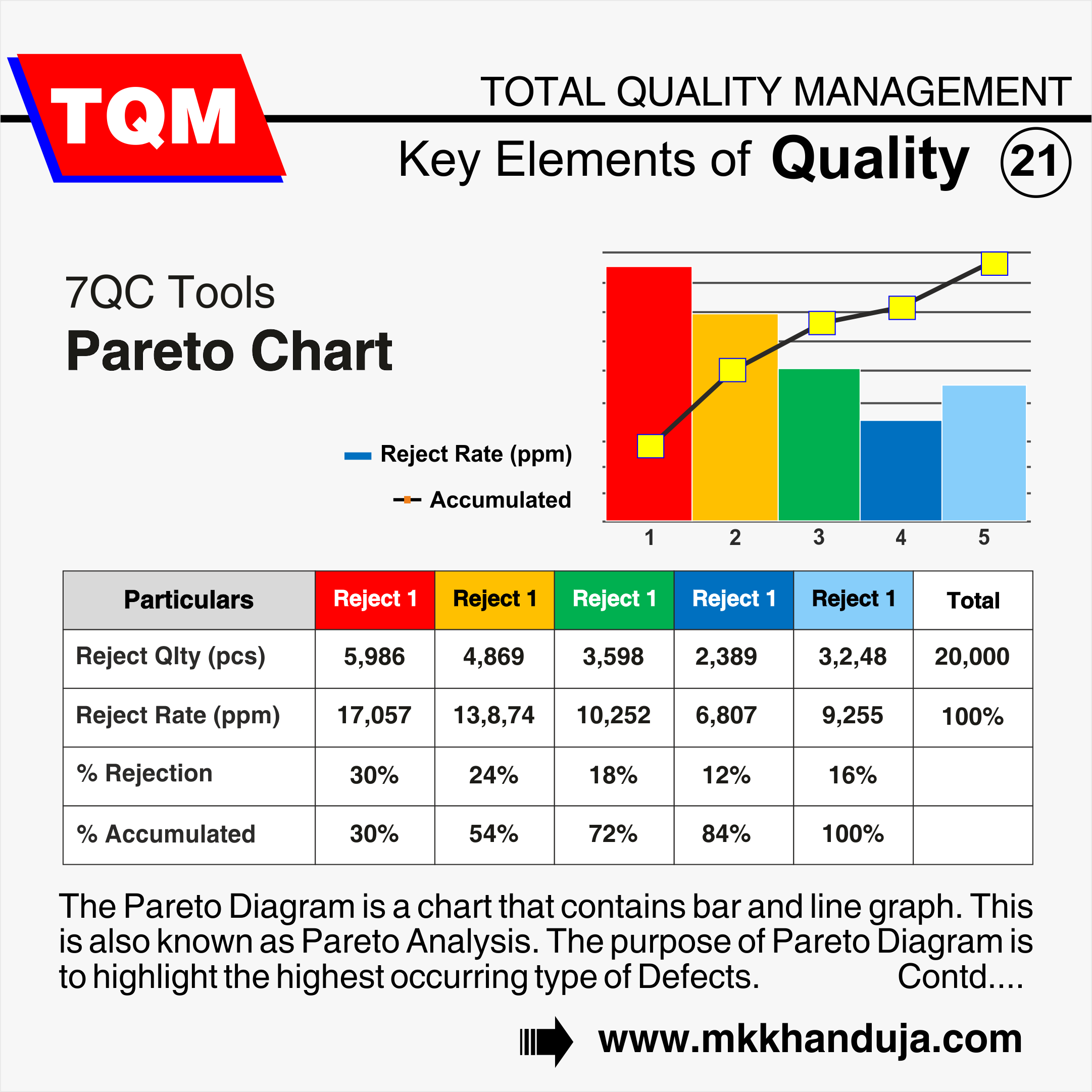
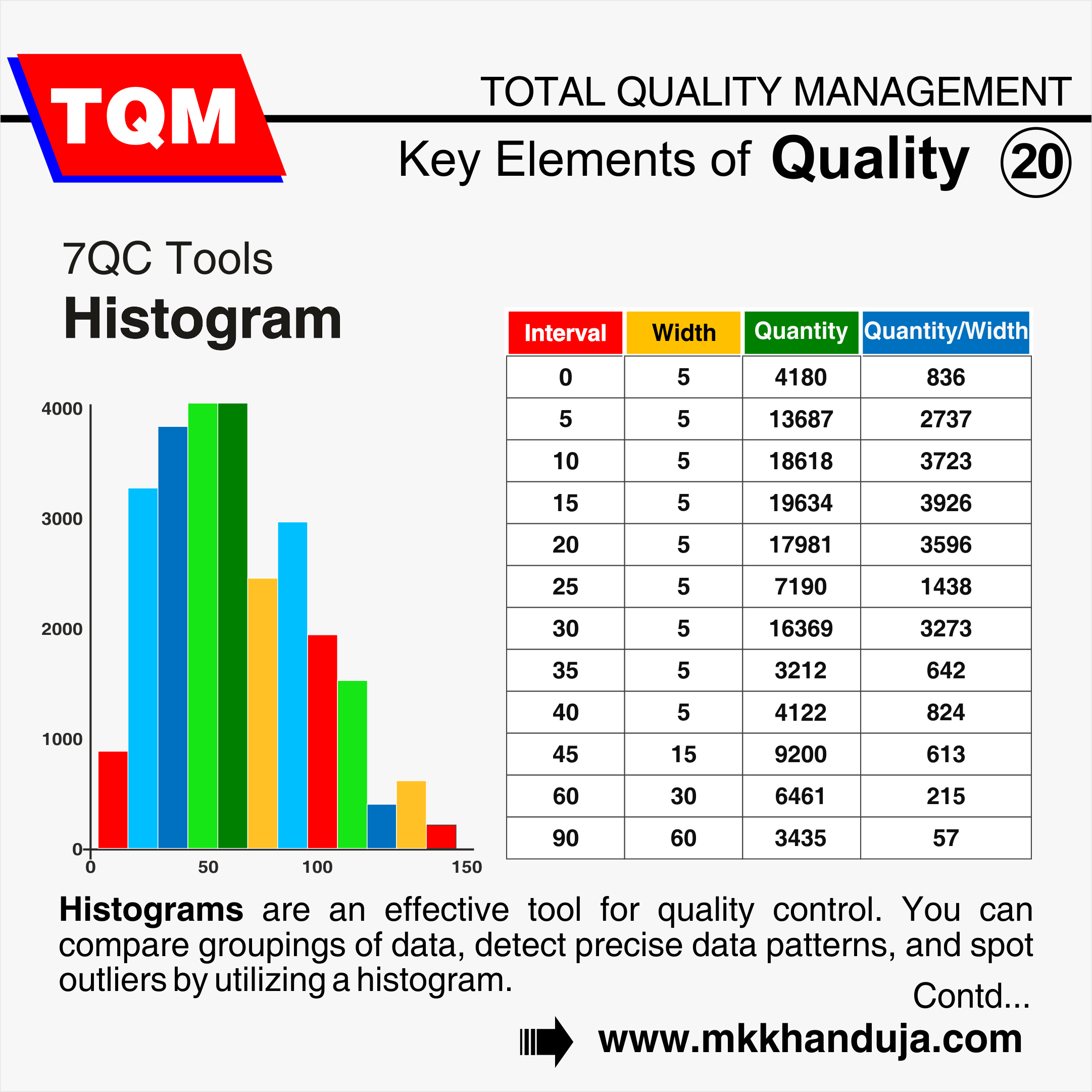
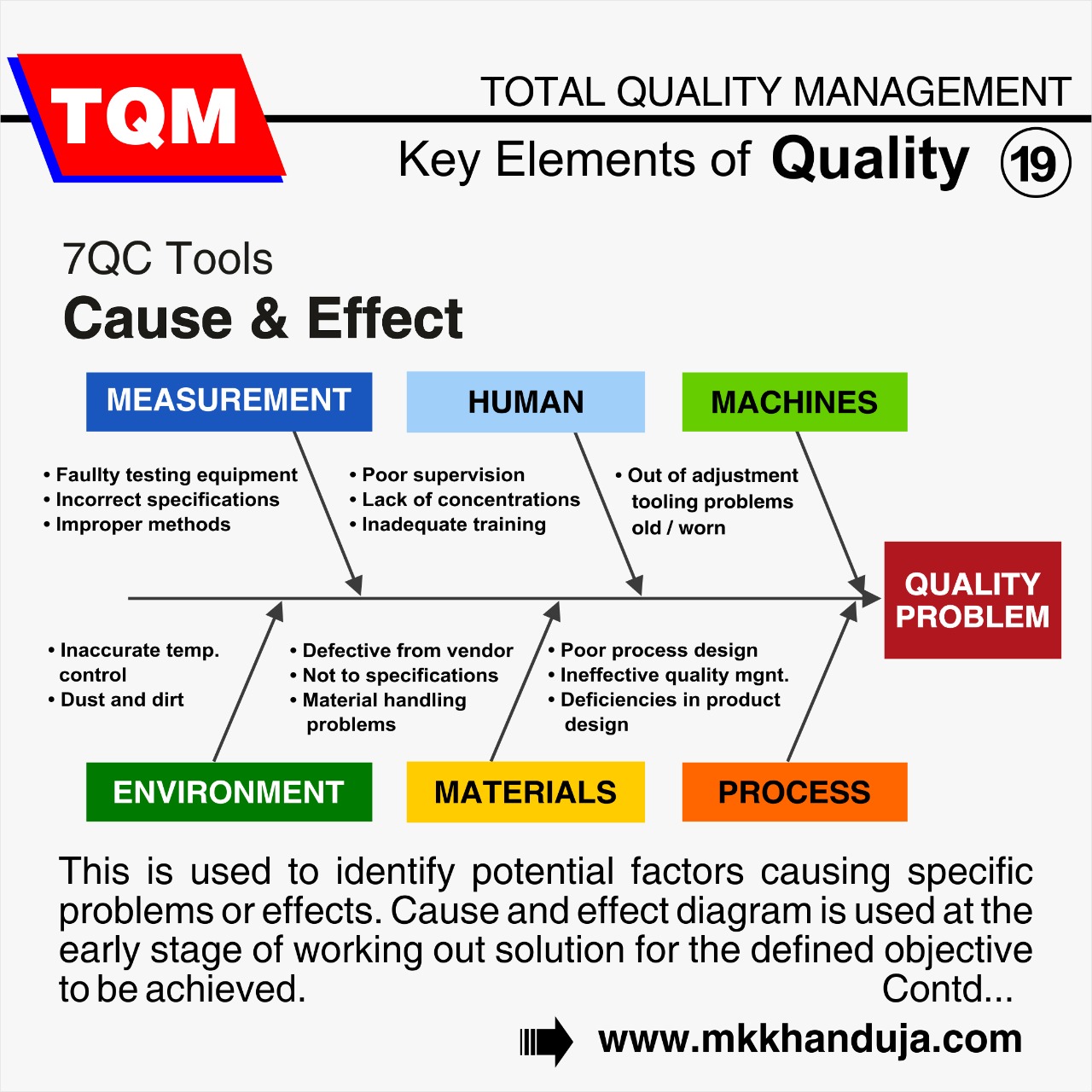
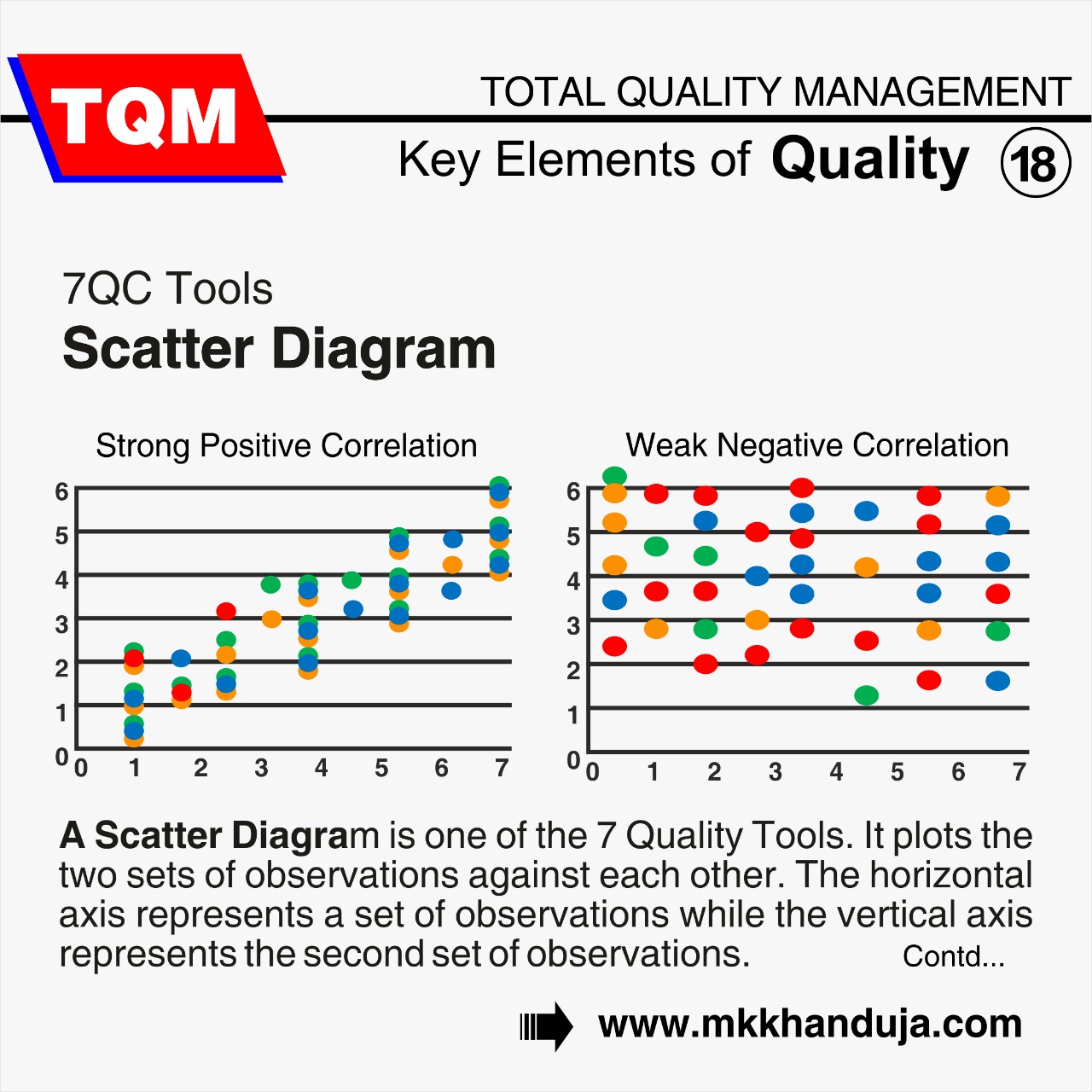
Comments